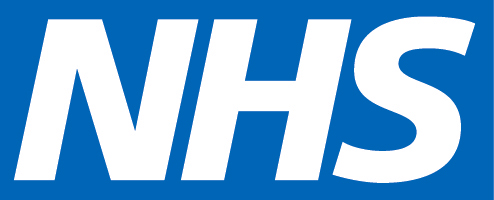
A Brief History Of The NHS
The NHS, or National Health Service, was established on the 5th July 1948. To mark its birthday, we take a brief look at the establishment of this remarkable institution.
Inequality Of Care Pre-NHS
Before the existence of a national, or even local, health service people were required to pay for their medical treatment, leading to an incredibly unfair system of healthcare. During the Victorian period, wealthy upper-class patrons, who would usually receive necessary medical treatment in the privacy of their homes, began to establish and fund local hospitals that could attend to the medical needs of the poor for free. But as hospitals became increasingly expensive to run, it was decided that some patients would have to pay for treatment. This led to the appointment of almoners who would assess the financial situations of patients before deciding how much they should pay to access medical treatment. This system of payment led to increased social segregation within healthcare systems with wealthier middle-class patients receiving better care in private rooms, or sometimes even separate buildings, away from poorer working-class people whose treatment was often of lesser quality.
The First Steps Forward
In 1911, a health insurance element of the National Insurance payment was introduced. This compulsory insurance for workers in particular industries granted access to a doctor, though it didn’t usually cover hospital treatment. A similar scheme of community-owned funds and medical clubs allowed workers to make payments towards their healthcare when they could afford to do so and subsequently have access to doctors, medicines and hospital treatment when needed. Whilst these schemes made accessing healthcare more affordable for workers, they often did not cover dependents such as their wives and children.
By the turn of the century, whilst most people were still required to pay for medical treatment, some local authorities had established healthcare services which local taxpayers could access for free, and the Local Government Act of 1929 allowed local authorities to take control over hospitals within their area – on 1st April 1930, the London County Council took over 140 hospitals and medical schools and by the start of World War II the council was running the largest public healthcare service of its kind.
The NHS Rises From The Ashes Of War
The Second World War created a need for an emergency hospital service, a service which was dependent on the government for funding, and the early 1940s saw the Ministry of Health devise plans for a national health service which would be funded through general taxation and not national insurance contributions. It wasn’t until a Labour victory at the 1945 general election, and the appointment of Aneurin Bevan to Health Minister that these initial plans became solidified and the NHS started to take shape. Bevan launched his new National Health Service on the 5th July 1948, stating that the project had three essential values: that the services helped everyone; that healthcare was free; and that care would be provided based on need and not an ability to pay.
Since then, the NHS has undergone much change, particularly regarding the management of services, but Bevan’s three principles remain true. For more information on the history of the NHS read Dr Geoffrey Rivett’s online book, The History of the NHS, maintained by The Nuffield Trust: www.nuffieldtrust.org.uk